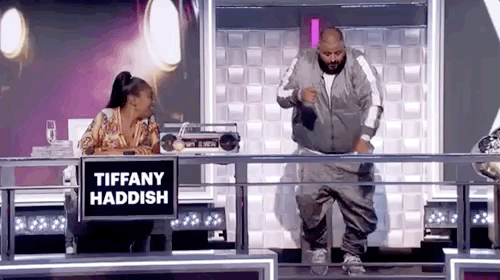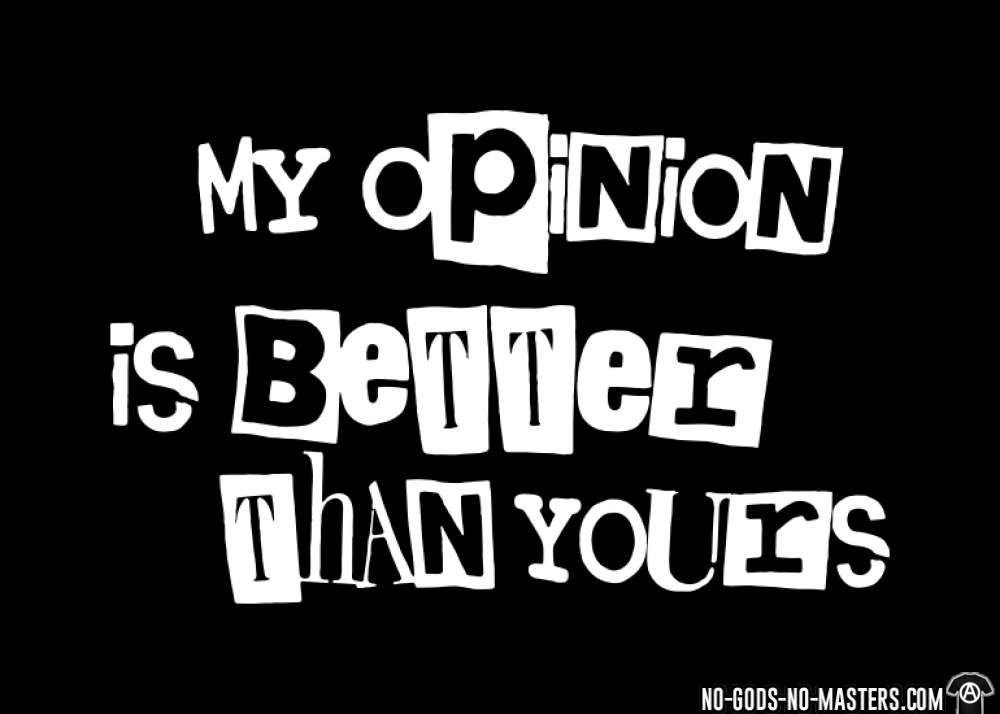
Contents
What is a ‘bad dancer’?
Here at B-Better we’re all about positivity and celebrating people’s self-expression. If you attend our digital classes, you won’t be called out as a bad dancer, but we DO encounter those who think they lack skills.
We’re going to outline some signs and characteristics of a ‘bad dancer’ and advise what can be done. Oh, and we’ll be referring to DJ Khaled a lot in this post. You have been warned.
Bad dancer trait: You are underexposed
We’re not talking about Kodak or getting butt nekkid. We’re referring to dance as a part of your daily life.
If nobody in your immediate family dances, your friends don’t dance and your colleagues don’t dance, chances are dance is not part of your life. Now, this is not uncommon, but most of us just think, “dance isn’t for me”. I assure you, if everyone around you wore Burberry, you’d be up to Knightsbridge pronto. It’s human nature to ‘belong’ to a group.
The reason we use the phrase ‘underexposed’ is because a lot of people use race as a reason for being a good / bad dancer. As the video below reflects, it’s just not that simple.
Whoever and whatever your environment is made up of, will have influence on you. And that’s the truth 🙂
Bad dancer trait: We compare ourselves to others
In honesty, I’ve definitely been guilty of this and I know I’m not alone.
It’s fine to recognise things in others that we admire, but if we build them up to such a level that we stifle our own ability to grow, there’s a problem. Imagine being at a club and feeling like EVERY person was better at dance than you. It might sound strange, but it’s not impossible as an idea.
Comparison can be crippling, and it’s important to recognise this.
Bad dancer trait: Someone said you couldn’t dance and you BELIEVED them.
As humans, we say horrible things to each other all the time, often without consideration or aforethought. It stings when we are criticised, especially when we respect the other person.
We actually give people permission to make us feel a particular way. If you disagree with a comment someone makes, ask them their reasoning, don’t just absorb it. By challenging them, they’ll be likely to defend their point which, in turn, gives you something to work with. If they don’t respond, their comment is null and void. Challenge them though!
Bad dancer trait: You’re ‘under-practiced’
This one can apply to everyone from non-dancers to professionals. If you haven’t put in the hours, you’re not gonna be at your best.
Now imagine, every morning before you left for the day, you two-stepped to a song at home. It’s likely that after a week, you’d be connected to music, connected to your body and generally feeling good. We all know dance is good for the soul.
It’s also worth pointing out that regular practice is a fast track to confidence in one’s abilities. We wrote a whole post on overcoming shyness. Take a read, practice a little and your confidence will bloom like DJ Khaled:
DJ Khaled probably danced this dance on 150 stages around the world and we wouldn’t say he is short of confidence!
Bad dancer trait: Beat Deafness
Ok, beat deafness is a tricky thing to navigate as it is recognised as a condition called Amusia. This is a deficit in the brain’s ability to process music and this particular congenital amusia occurs in about 4% of us.
If you simply can’t dance in time, this might be why.
Scientific information on beat deafness is still young. In this study, published in 2015 , these scientists present:
A set of behavioral tasks for assessing perceptual and sensorimotor timing abilities in the general population (i.e., non-musicians) ..presented here with the goal of uncovering rhythm disorders, such as beat deafness.
Simone Dalla Bella & Jakub Sowinski
Please read the article if you think you are beat deaf and there is another study here on electrical brain responses to beat irregularities. Yes, we’re giving you the science.
For the curious, you can take a test with the video below
Bad dancer trait: Coordination Woes
Have you ever been to a class and no matter what you do, people are moving in the opposite direction to you? Did you even notice?
Now it’s possible you have beat deafness, but it’s also possible that there are problems with coordination and movement perception.
If you are struggling like the lady in the above video (though she seems to be having a great time), here is some insight into movement perception.
Co-ordination affects many of us when we are learning something new. Toddlers don’t give up on trying to walk and neither should we! Co-ordination and balance exercises are easy to find so we’ll give you a head start here.
For a more dance-centric approach check, ‘Dance with Brandee‘ for some more, solid ideas.
Now that we have looked at reasons why people are bad dancers, let’s look at some solutions.
Solution 1: Find an expert and attend a class
When you feel sick, you go to the doctor. When your car has problems, you go to a mechanic. If you’re struggling with dance, you might need some tuition.
We have found that private tuition gets results most quickly, but appreciate that may not suit everyone’s finances. A public class may be best for you and we made a list here of things to consider when selecting a class for you. Being at a class will also introduce you to new people which means you’ll be surrounded by like-minded souls. Chances are, your teacher will be invested in building your confidence on the merit of what you achieve, so just go for it!
If you’re ready to take the plunge, visit our classes page here.
Solution 2: ‘Start with 2’ (movements)
Contemporary / pop music is repetitive. This is what makes songs catchy and helps us to remember them. When you turn on the radio, you can bet that what you hear is going to be designed to ‘hook’ you and even if you hate a song at first, you won’t be able to help but sing along at a party.
Because contemporary music is typically built on an ‘8 count’, if you count to 8 in time with a song, it’s likely that it will coincide with a musical phrase. This is expanded on in this brilliant article at ihatetodance.com!
Now that we can hear the beat,we’ll need to find 2 movements we can repeat over and over again until they become second nature. Remember earlier when we spoke about two-stepping before you leave fo work? This is how you’ll build confidence in your rhythm, balance, expression and much more.
If you find you are getting positive results, you can increase your movement vocabulary to 4 or even 8 different moves within an 8-count time span. Remember, please, to return to ‘the basic’ if you lose your way. Now we’re getting somewhere!
As you’ll notice from the video above, DJ Khaled starts with a simple side-to-side bounce which is a 2-count. He DOES lose the rhythm temporarily as he becomes more adventurous on the side of the pool, but regains his form. This is how we want you to practice (just without the pool).
Solution 3: Stop asking people’s opinion (for now)

Often, many of us think we’re bad dancer’s because someone else called us a bad dancer. Remember, as we outlined above, only certain people’s opinion should count and even then, we don’t have to be held by them.
As DJ Khaled has shown us, anything you do with confidence is going to attract others and it becomes our trademark. Take your time and consult those who have your best interests at heart (i.e. your dance teacher). As we grow in confidence, we can spread our wings, try some more daring stuff and ‘put ourselves out there’. Whether this is online or on the dance floor, the reaction of the audience will often tell us all we need to know…if we even care what they think!
Honestly, let’s just do what we like *shrugs*
Conclusion – Bad dancer, be gone
We hope you have found this article to give you greater perspective on what a ‘bad dancer’ is and also, that bad and good are in the eye of the beholder.
If you can’t get to our classes for some help, we have some online resources to get you going, and are on all major social platforms for a chat.
Yes, we’re going to sign-off with DJ Khaled showing you we can dance to ANYTHING 😀






